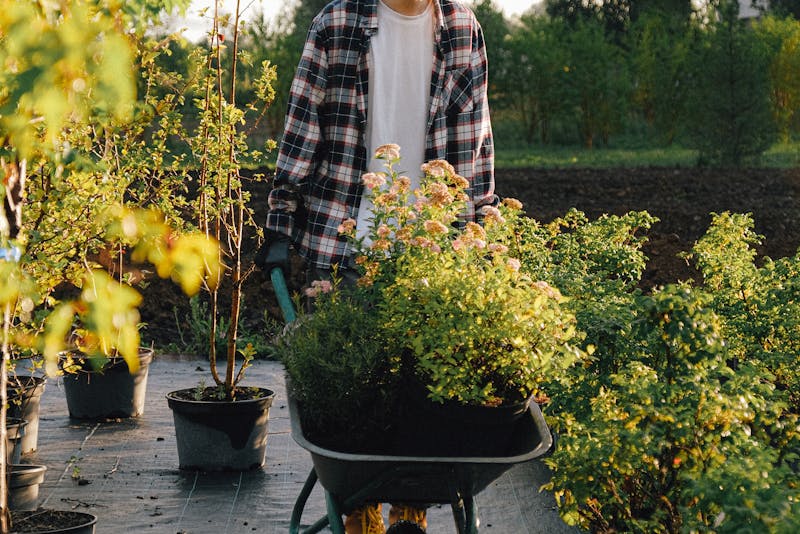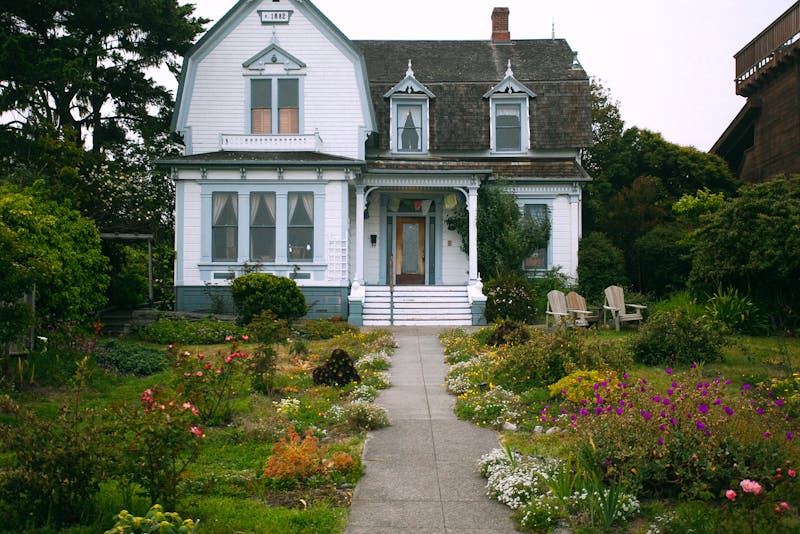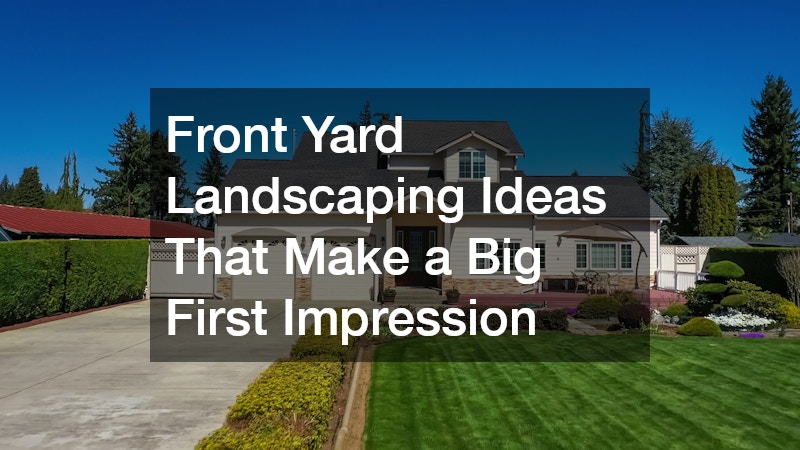- Evaluate your yard’s sunlight, soil, drainage, and climate before choosing any landscaping plants.
- Choose plants that match your lifestyle and preferred level of maintenance.
- Use basic landscape design principles like layering heights, spacing plants correctly, and selecting complementary colors.
- Select plant types based on specific needs, such as shade tolerance, drought resistance, or added privacy.
- Give newly planted landscaping plants proper early care through deep watering, mulching, and monitoring soil moisture.
- Incorporate low maintenance landscaping plants to create a beautiful yard with minimal upkeep.
Before selecting any plant for landscaping, homeowners must first understand the unique conditions of their outdoor space. Each yard has its own microclimate, soil type, drainage, and exposure to sunlight. Knowing these details helps you choose plants that can thrive with minimal intervention. Many homeowners overlook these basics, leading to costly replacements and struggling plants. By evaluating your yard thoroughly, you can create a landscape that stays healthy year-round and supports your desired aesthetic.
Start by identifying areas that receive full sun, partial shade, or deep shade. Observe how water moves and drains after rain. Consider your region’s climate and seasonal changes. Once you understand these factors, choosing the right plants becomes easier and more cost-effective.
Key things to evaluate:
- Soil pH and texture
- Amount of daily sunlight
- Drainage and moisture levels
- Local climate and weather patterns
- Size and purpose of each landscape zone
Choosing Plants That Fit Your Lifestyle and Maintenance Needs

Homeowners often dream of a beautiful yard but forget to factor in how much time they can realistically devote to maintaining it. Plant choices should align with your day-to-day lifestyle. Some plants require weekly pruning, fertilizing, and watering, while others thrive with minimal care. If you prefer a simple routine, prioritize low maintenance landscaping plants that stay attractive with little effort.
Think about how often you’re available to water or prune. If you travel frequently or juggle a busy schedule, opt for hardy perennial shrubs instead of delicate flowers. Plants that match your lifestyle will remain healthy longer and reduce long-term landscaping costs.
Questions to ask before choosing plants:
- Do you want a high or low-maintenance yard?
- How much time can you spend on weekly care?
- Are you willing to invest in seasonal upkeep?
- Do you want year-round greenery or seasonal color?
How to Use Design Principles to Guide Your Plant Choices
Landscape design is more than just placing plants in open spaces. It involves choosing plants that complement each other in height, texture, and color. Homeowners can create visually pleasing landscapes by following simple design principles. Start by identifying a focal point, such as a large tree, decorative pot, or pathway. Build around it using plants of varying heights to create dimension.
Color combinations also matter. Select plants with blooms or foliage that match your home’s exterior. Grouping plants in odd numbers often creates a more natural layout. Spacing is equally important. Overcrowding can stunt growth and increase maintenance, while thoughtful placement encourages healthy development.
Basic design tips to follow:
- Use tall plants as background anchors
- Add medium-height shrubs for structure
- Fill gaps with small flowering plants or ground covers
- Choose complementary colors for balance
- Space plants properly to prevent overcrowding
Best Plants for Landscaping: Top Choices for Different Needs
This section highlights some of the most reliable plant options based on specific landscape needs. Choosing plants based on purpose helps homeowners build a functional and appealing yard. Whether you want a colorful garden, a drought-resistant yard, or privacy, picking the right plant type makes the difference.
Explore the categories below and select plants that match your yard conditions and long-term goals.
For color and visual appeal:
- Lantana
- Hibiscus
- Marigold
- Bougainvillea
For shade-heavy areas:
- Ferns
- Hostas
- Peace lilies
- Caladium
For drought tolerance:
- Agave
- Yucca
- Coneflower
- Lavender
For privacy and borders:
- Bamboo (clumping varieties)
- Podocarpus
- Boxwood
- Arborvitae
How to Care for Newly Planted Landscaping Plants

Even if you choose the perfect plants, proper care during the first few weeks is essential for long-term success. Newly planted shrubs, flowers, and trees are more sensitive to heat and watering fluctuations. Homeowners should create a simple care routine that focuses on watering, mulching, and protection from harsh weather. This early attention significantly improves survival rates.
Watering deeply but infrequently helps plants establish strong roots. Adding mulch maintains soil moisture and reduces weed competition. Pay attention to signs of stress in the first month, such as yellowing leaves or wilted stems. These often indicate watering issues or poor soil conditions.
Early-care checklist:
- Water slowly and deeply
- Apply 2–3 inches of mulch around the base
- Protect young plants from strong winds
- Check soil moisture every few days
- Avoid fertilizing too early
Using Low Maintenance Landscaping Plants for Effortless Beauty
Low maintenance landscaping plants offer the perfect solution for homeowners who want a beautiful yard without hourly care. These plants typically require less watering, resist pests, and thrive in various weather conditions. Incorporating them into your garden makes landscaping more enjoyable and cost-effective.
Plants like ornamental grasses, succulents, native shrubs, and hardy perennials are ideal choices. They reduce the need for constant upkeep and stay vibrant throughout the year. Selecting these plants ensures your landscape maintains its appeal even when your schedule becomes demanding.



